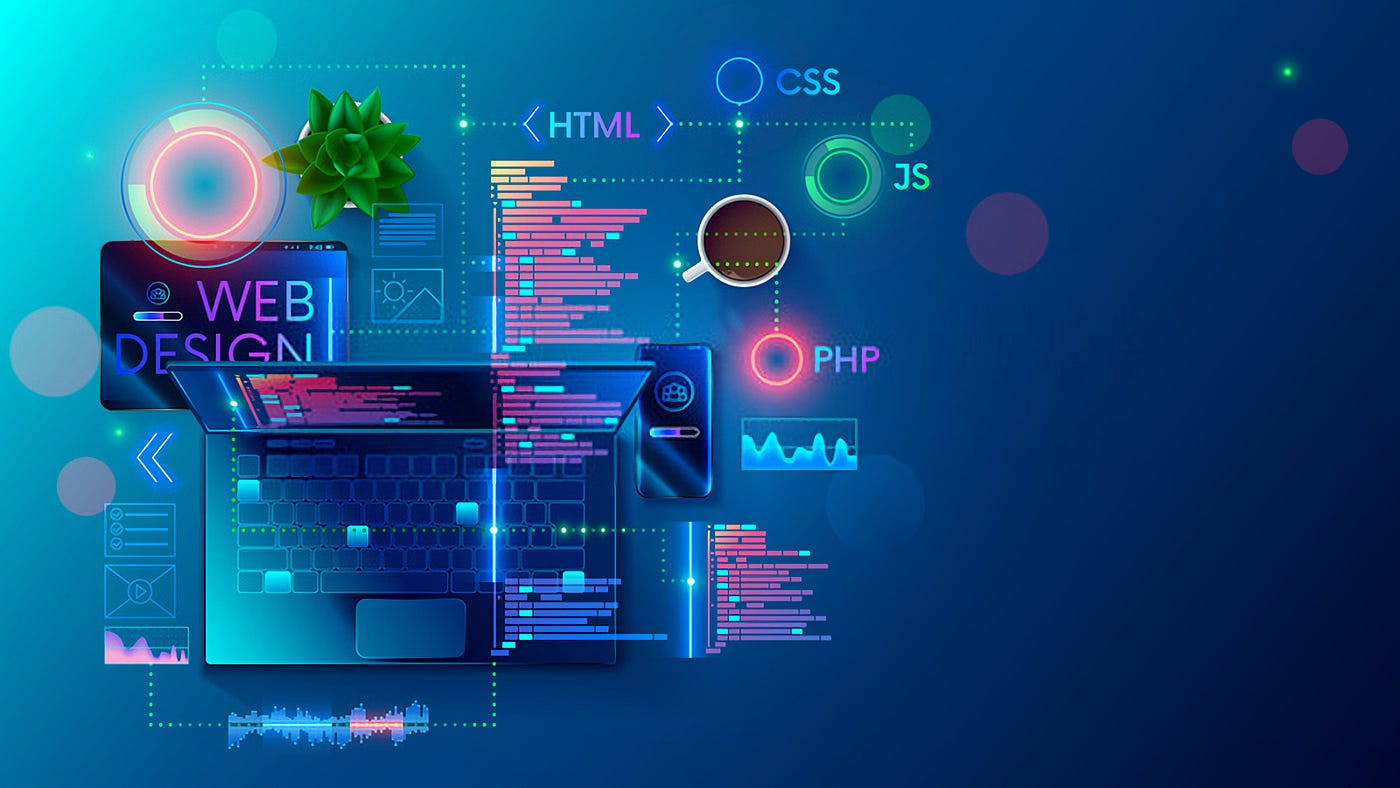1. Minimalist and Clean Design:
- Minimalism continues to be a prominent trend, focusing on simplicity, clean lines, and ample white space. This design philosophy enhances user experience and site performance.
2. Dark Mode:
- Dark mode web designs not only reduce eye strain in low-light environments but also offer a sleek and sophisticated look. Users appreciate the option to switch between light and dark themes.
3. Responsive and Mobile-First Design:
- Mobile internet usage is on the rise, making responsive and mobile-first design imperative. Websites must provide a seamless experience across all devices.
4. Microinteractions:
- Microinteractions, such as animated buttons, progress bars, and hover effects, enhance user engagement and provide immediate feedback, making the browsing experience more interactive.
5. 3D Elements and Illustrations:
- The use of 3D elements and illustrations adds depth and visual interest to websites. These elements can be used for storytelling and creating memorable visuals.
6. Typography Experimentation:
- Designers are getting creative with typography, using bold fonts, variable fonts, and custom typefaces to make text content visually striking.
7. Voice User Interfaces (VUI):
- As voice assistants become more prevalent, web designers are incorporating VUI into websites to enable voice search and interaction.
8. Video Backgrounds:
- Video backgrounds capture attention and convey information effectively. They add a dynamic element to the website's visuals.
9. Scroll-Triggered Animations:
- Animations triggered by scrolling create a storytelling element on web pages, guiding users through content and making the experience engaging.
10. Accessibility and Inclusivity: - Designers are prioritizing accessibility by ensuring websites are usable by people with disabilities. This includes providing alternative text for images, keyboard navigation, and readable fonts.
11. Sustainable Web Design: - Sustainable design focuses on optimizing web performance, reducing carbon footprints, and enhancing energy efficiency.
12. Gradient and Duotone Designs: - Gradients and duotone color schemes are making a comeback, adding depth and vibrancy to web designs.
13. Custom Illustrations and Graphics: - Custom illustrations and graphics are being used to convey a brand's personality and create a unique visual identity.
14. Augmented Reality (AR) Integration: - AR elements, such as product previews and interactive experiences, are being incorporated into e-commerce and brand websites.
15. Sticky Elements: - Sticky navigation menus, headers, and call-to-action buttons remain in view as users scroll down a page, ensuring easy access to key content.
16. Storytelling Layouts: - Web designers are using storytelling layouts to guide users through a narrative, enhancing engagement and brand storytelling.
17. Neumorphism and Soft UI: - Neumorphism combines the principles of flat design with skeuomorphism, creating a soft and tactile appearance in user interfaces.
18. Custom Cursor Designs: - Customized cursors add an element of interactivity and creativity to web designs, making the browsing experience more unique.
19. Futuristic and Cyberpunk Aesthetics: - Futuristic and cyberpunk design elements, inspired by science fiction, are being used to create visually captivating and unconventional websites.
20. E-commerce Optimization: - E-commerce websites are focusing on streamlining the shopping experience, with features like virtual try-ons and simplified checkouts.
Web design in 2023 is all about creating visually appealing, interactive, and user-friendly experiences. These trends reflect the evolving needs and expectations of users in the digital landscape. Designers and businesses that stay updated with these trends can create websites that captivate audiences and leave a lasting impression.




Comments (0)